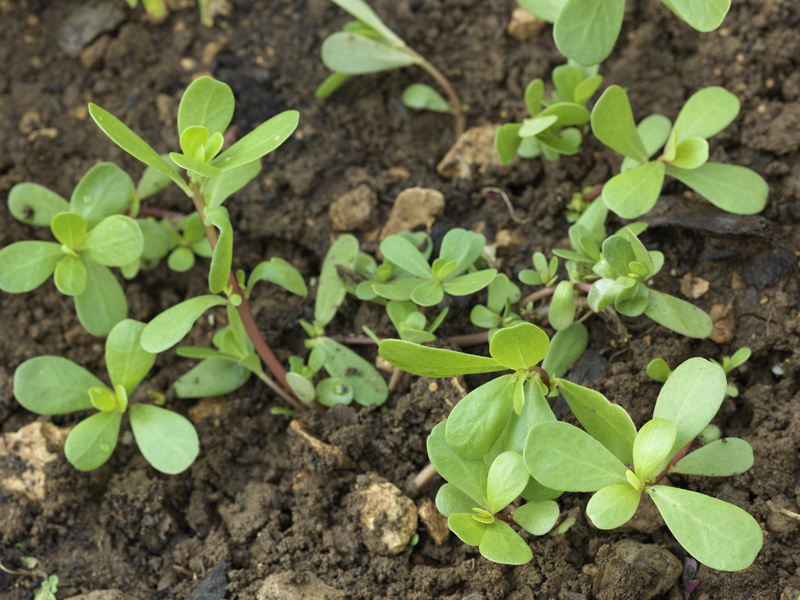The magical cholesterol-lowering weed is called purslane. Once you do some research and read the advice on it below, you might actually find yourself wanting to plant purslane. Purslane is rich in omega-3 fatty acids, which are essential to lowering cholesterol. It also has an array of other nutrients and minerals such as calcium, iron, potassium, pectin and Vitamins A and C, amongst others. Is that information convincing enough to change your mind about weeds?
There are many benefits to this weed. In fact, it contains some vitamins and minerals that are extremely beneficial for you including:
- Omega 3 fats (both ALA and EPA, which is rare to find in plant form)
- Vitamin A
- Vitamin C
- Magnesium
- Iron
- Calcium
- Potassium
- Manganese
- B1, B2, B3
- Copper
- Folate
- Phosphorous
Planting Your Own Purslane
In its wild state, purslane grows in a flat, circular, horizontal position of up to 16 inches across. You also can simply buy seeds from a garden center.
If you are harvesting wild purslane, you will want to find the most organic and healthy plants possible.
When you find a plant, you can collect some seeds. If you would rather deal with seedlings, then cut a couple of stems. Simply scatter the seeds over the prepared soil. Let them sit on the surface, as they need sunlight to germinate. If it makes you feel better, spread a thin layer of soil over the seeds.
Purslane cuttings can be laid on the soil, after which you can water the stems. They should take root after a few days. It is a care-free plant once it starts growing.
Purslane is an annual and takes four to six weeks to fully mature. It usually reseed itself, but you can gather seeds just to be safe. It likes partly sunny, to full sun areas.
Using Purslane
It has a crunchy and lemon or citrus-like taste. The last inch or two of the plant is the most delicious, so when you gather it to eat, make sure you get the whole plant. If you are trying to thin out a patch, simply pull it out by the roots.
Purslane goes well in salads and can be used as garnishes or in sandwiches.
You can use it to substitute for spinach or watercress, as well as to thicken stews or soups.
There are many aspects to this plant that can be beneficial to one's health. If you could like to read more about the study done you can check it out at the National Library of Medicine
Have you grown and been able to benefit from purslane? Let us know if you any other tips for using and growing it!
Article Source: Off The Grid News

It tastes a lot like apsau
s**t, I mest
Marcia Spielman-Ceresero
Great photo…didn’t even have to read the article to know that’s Purslane!